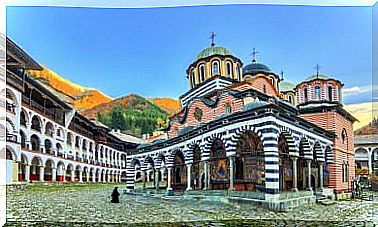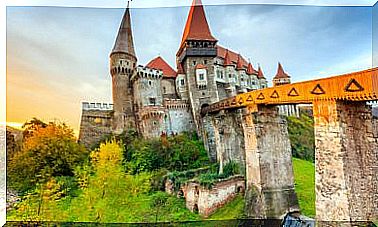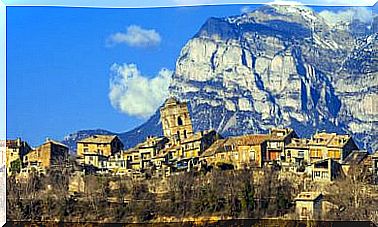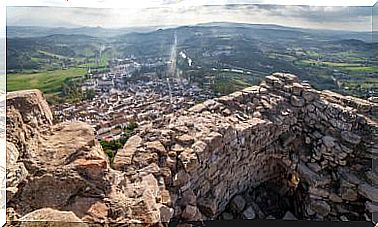The Incomparable Acropolis Of Athens
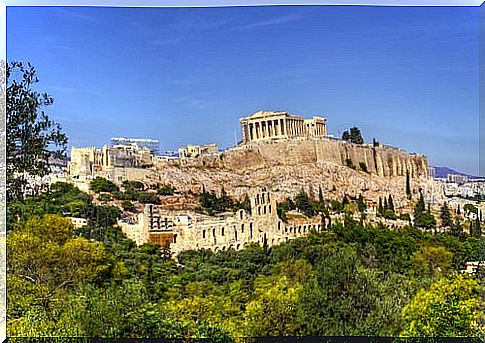
Few places in the world reach the rank of popularity and importance that the Acropolis of Athens has. The place where our civilization began to be as we know it, and all this more than 25 centuries ago. Perhaps that is why, although we have all seen photos of this place in textbooks, on TV or in travel blogs like ours, it turns out that being there in the first person captures all its magic and meaning.
The Acropolis : the roof of Athens
The Acropolis is nothing more than the highest area of Athens, current and ancient. A place that is visible from practically anywhere in the capital of Greece.
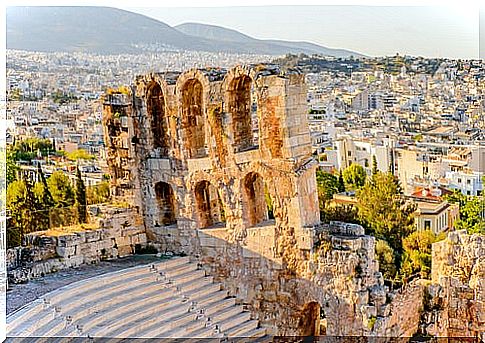
It is always present, both for Athenians and tourists. And both during the day and at night, because the Acropolis and its most outstanding monuments receive the most elegant and impressive night lighting.
The Parthenon
The great monument of the Acropolis, without a doubt is the Parthenon, the Greek temple par excellence. It was built in the 5th century BC, in the time of the mythical ruler Pericles and carried out by one of the greatest artists in all of history, the architect and sculptor Phidias.
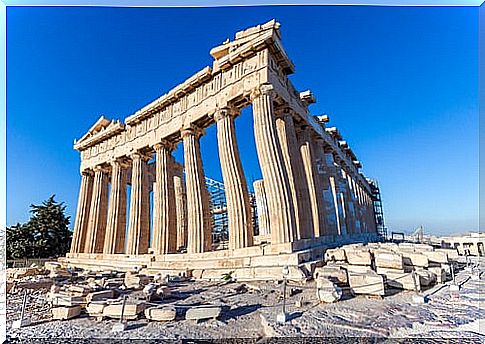
In fact, Phidias made for the interior of this temple a great sculpture of the goddess Athena that has not survived to this day, since it was made of gold and ivory, two very sweet materials for looters. Other sculptures of his made in marble for the Parthenon have survived to this day. Although not all of them are here, since the vast majority are in London, at the British Museum.
The Greek government is in permanent demand for these works of art from its heritage, which were plundered without permission. Of course, the hopes of recovering them are few, as it is also practically impossible for the Parthenon to be rebuilt, or even for its restoration works to be completed, which are continuous, always with the aim that at least it does not collapse.
The Erechtheum
The second great temple on the Acropolis is the Erechtheion, a few decades later, and already built in a different style. Or rather in an order, as they say in classical art. While the Parthenon was built in Doric order, the Erechtheion was built in Ionic order. The difference is basically the decoration and proportions of its columns, but the rest is very similar.
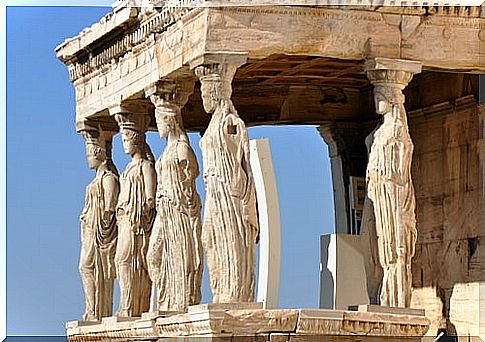
However, what differentiates and makes the Erechtheion unique are its caryatids. Figures of women converted into columns. Although it must be said that the ones we see are not the originals, but exact replicas. And the real ones are in the New Acropolis Museum, located at the base of the hill.
The Propylaea and the temple of Athena Nike
The great monuments of the Acropolis are on its plateau, but before getting there you have to cross the Propylaea, a monumental entrance with stairways and high columns that make us aware that we are entering a sacred place. And in case there is any doubt, next to this entrance is the modest but elegant temple of Athena Nike.
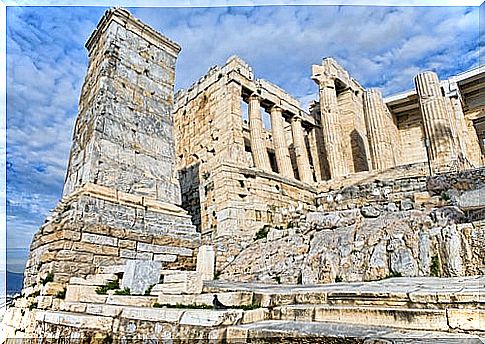
More archaeological remains on the Acropolis
The finds here are continuous because there are not only the monuments that we have cited so far. There are remains of more temples and buildings on the plateau itself, but there are also remains on the slope of the hill. Especially on its south side where you can discover a theater dedicated to the god Dionysus or two odeons, one from the time of Pericles and the other already rebuilt with the arrival of the Romans.
Entrance to the Acropolis
The entrance ticket to the Acropolis allows you to walk among all those incredible and evocative remains and monuments. We can be there as long as we want, because if one is passionate about the subject, he will enjoy it to the fullest and will not want to leave there.
Of course, we recommend you bring water and good shoes. And also, this ticket is combined with that of access to other important archaeological remains of Athens.


